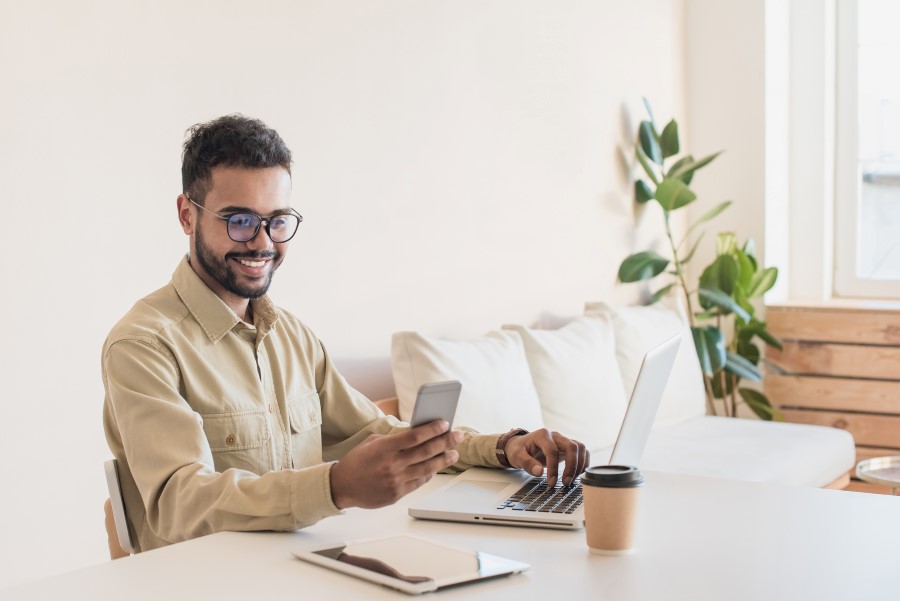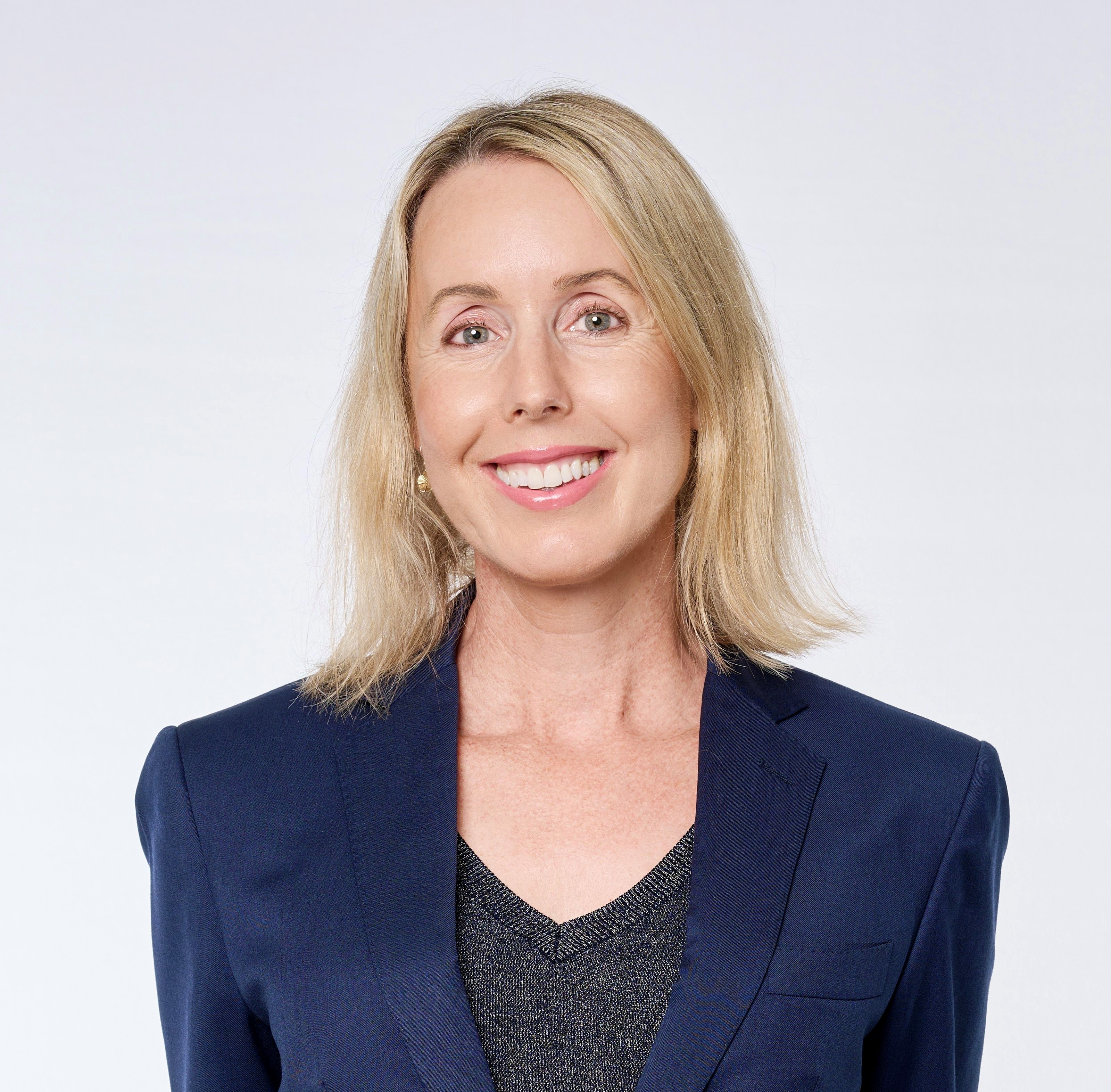
Flexibility in the workplace is no longer considered a benefit — it’s expected.
“Hybrid working” may have been a buzzword of lockdown life, but the ability to combine working at home with the office has become the new normal.
Ai Group’s People & Culture Director Belinda Woods said employees were making it clear there was no turning back.
“It’s generally a requirement for all employees when they consider roles,” Ms Woods said.
“Over the past two years, our lives have changed. New rhythms are in place, and people have had a reality check of what is important and how they integrate life and work.”
Further, workers have shown productivity and flexibility are not exclusive.
“Work can be considered synchronous and asynchronous,” Ms Woods said.
“There are times when you need to work with others (in the office or virtually) and times when you work independently.
“If you are working on a tender document by yourself that requires quiet and your own space – does it matter if it is done at 6am, 9am or 11pm?
“Does it matter if it is done at home or in the office? Not likely. That said, if you are working with teammates who need to brainstorm, process map and collaborate on an issue, you may need to do that in specific work times, face to face, in the office.
"Not all roles suit a hybrid scenario so you need to be realistic when it comes to flexibility. It is all dependent on the type of work and the outcomes required.”
There are factors employers should consider for successful hybrid working.
“Consider when work needs to be done and where,” Ms Woods said.
“Think about the technology and tools you need to connect and collaborate with your people.
“What about workflows and role structures? Finally, how are you going to ensure that this is done with a mindset of inclusion and fairness?
“When employers provide people with personalised ways of working, they are recognising their people as individuals. They are establishing trust in the way employees work while also understanding business requirements. It’s important to know that what works for one person may not work for another.”
The risk of burnout also needed to be addressed, Ms Woods said.
“It’s important to establish boundaries and know when to switch off because digital connection relies a lot on transactions rather than incidental connection.”
Ai Group’s Work Health Safety National Manager Trinette Jaeschke said consultation was key.
“Any time you make workplace changes, you need to consult with your staff,” she said.
“When you’re looking at a hybrid scenario, you must consult with your people to identify the risks associated with wherever they work — in the office, at home or onsite.
“You might have a situation where vaccinated and unvaccinated people are afraid to work alongside each other. We’re already seeing these polarising views splitting up culture within the business.
“It’s only going to increase, and it opens up a whole range of issues for employees when they have to transition back to work and consider a hybrid model.”
Ms Jaeschke said employees should talk to their managers if they were concerned about returning to their workplace.
“There’s a risk there’s going to be conflict within the workplace if we don’t consult properly and communicate to people in a transparent way risk-management practices that are active in the workplace,” she added.
“As time goes on, we have to be more connected and consultative so that we don’t have burnout in the long term of two or three years down the track.
“The hybrid model will continue, so talking and keeping things in the air is the best thing you can do.”
Not an Ai Group member? Click here to learn how we champion your interests and give you unmatched access to insights and networks.
10 lessons that hybrid work has taught employers

Wendy Larter is Communications Manager at the Australian Industry Group. She has more than 20 years’ experience as a reporter, features writer, contributor and sub-editor for newspapers and magazines including The Courier-Mail in Brisbane and Metro, the News of the World, The Times and Elle in the UK.